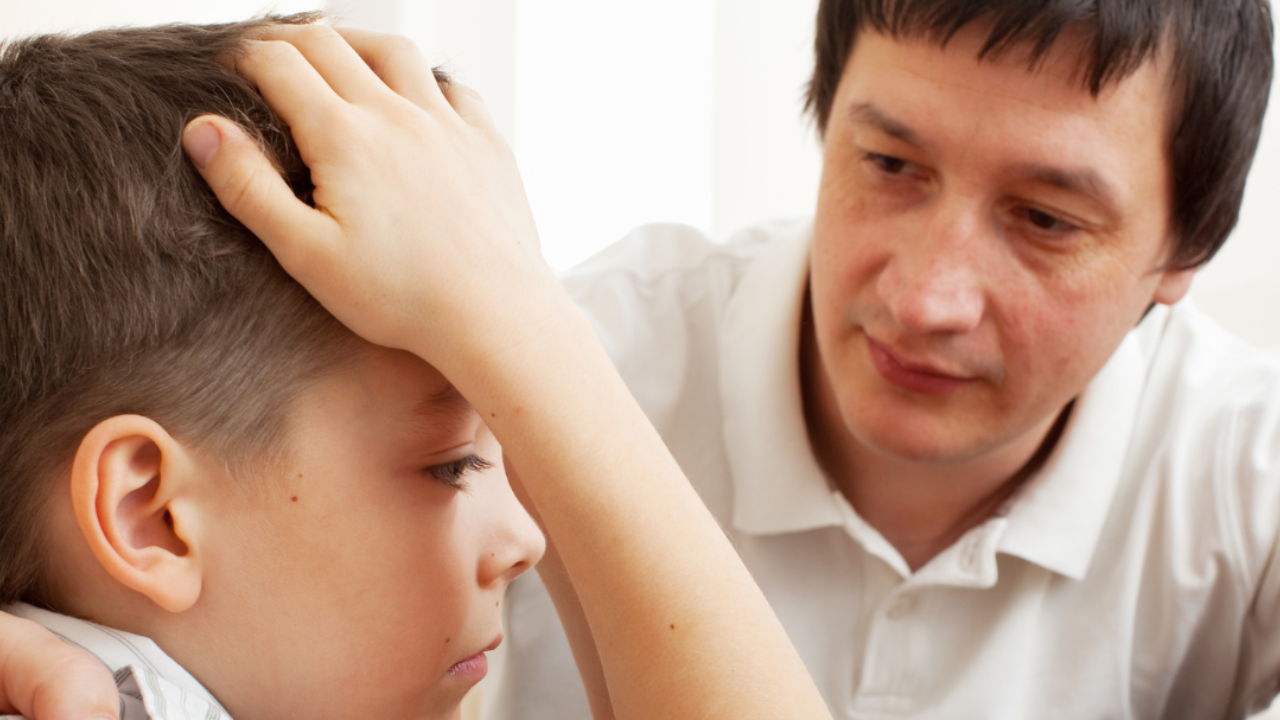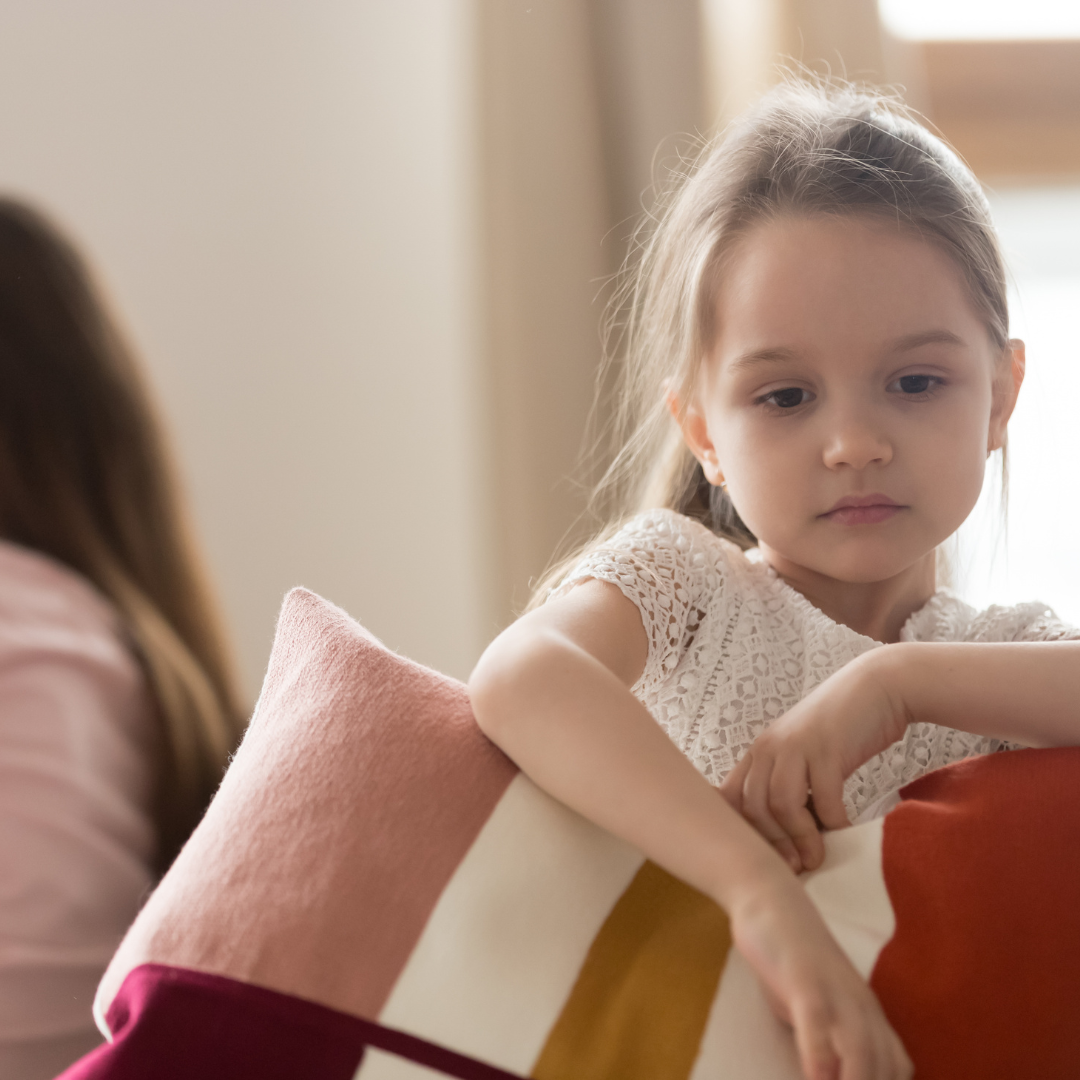A connected conversation: How to talk to kids about the world

Last week in our local community a man was shot and killed by police right near my boys primary school. By the time I picked them up from after school care they were a mix of worry and questions. I knew we needed to talk about what had happened, not a topic I had pre-picked for Thursday night dinner chat over Chargrill Charlies. I wasn't sure exactly what they needed to know, and was still processing the event myself.
When events happen both in Australia, and globally it is understandable when parents feel confused about how to talk with our children about them. One instinct is to shield them from it. You know; allow kids to be kids!
This is understandable. After all, from the minute we were handed our first baby we were told when it cries it’s our job to work out what’s wrong and fix it. To stop the sad!
Here’s why I think we should resist that instinct.
Simply put, the world, the media, the internet, even the playground – are too big for any parent to shield. When disturbing events cross the boundary from news into public consciousness, they reach the consciousness of our children. They hear things, see things, and most importantly, see us and our fears. Kids have fabulous radar for detecting that ‘something is wrong’ even if they’re not sure what it is – and it’s better that we provide the context to let them know what is happening, and most importantly, what, if anything, it means to them.
We are not only their safe base – we are their translator.
Local events and world events, no matter how awful, will be more understandable and less fearful if their context comes from us, in a connected and safe way.
Underlying anything we experience as humans is emotion. And when, as parents, we can be what our kids need us to be when they are experiencing feelings, everything goes better.
The good news is, there are really only two things needed to talk with your kids and sit with the feelings that come up for your child around big or small world events. These are:
- connection, and
- welcoming feelings.

Connection
We talk to our kids daily, but we are not always connecting. When you are in a connected conversation with your child it looks and feels different. The rest of the world fades out you feel like time could stop.
Part of being connected is looking at your child to sense “what do you need right now?” Are you feeling OK or not OK?” “Do you need me to just listen, or provide some advice?”….. and giving, just enough, and not too much of what our child needs.
There are a few things to consider in this connection
- the age and stage of our child, and
- what do they really want or need to know.
Mostly kids under four will just want to know they are safe. When it comes to questions about the world, we are probably going to shield them a bit. Because we know they struggle to sift facts from fiction. For little kids the best way to reassure and connect with them will always be though play. We can even play out any worries with toys and let them explore feelings in a safe way.
As our kids get older, we really want them to lead the conversation. This is how we let them know we see them and hear them. It is important we stop and really listen without being too quick to reassure or simply tell them "not to worry".
One key to making a conversation connected is to really listen to our child. We can show this by being curious, by wanting to know more, by saying less but using our body to show we are listening.
My mum taught me everything I know on this: If we ever asked a tricky or emotional question she used to ask a follow up question which went something like “tell me more about what you are wanting to know here?” She would then check it back with us before answering: “so it sounds like you are worried about …….” Before answering in an honest and clear way. This approach can save us from saying too much when what our child really needed to hear was simple.
Connection is the foundation of these conversations. Kids who feel more connected with adults are more likely to come to them with their worries and feel more reassured by the answers.
Welcoming feelings
In order to have a conversation about events which are both scary and sad, it helps to understand what our kids need from us when they experience these feelings – and that is to welcome those feelings and let them know they are able to bring all the messy stuff to us, and we can handle it.
This can be hard because we feel responsible for our kids’ happiness. When they are distressed, we feel distress, and this often results in failing to meet their needs. We try to make things ok, distract our kids, or avoid the emotions.
The problem is that babies, and our kids – they need to be heard, they need to be seen, and they need their fears need to be welcomed as a natural response to distress. We need to summon what it takes to sit in that uncomfortable feeling with our child and say, “that feeling makes sense, I know what that feels like, and I am here with you.”
It’s not easy to hear our child saying they are worried or sad without trying to make it ok (and I can promise you, it never gets easier.) Fear and anxiety can – we all know – feel like a fire that we will do almost anything to put out, even for a moment. But when we can just ‘sit in the fire’ with them, our children feel less alone in these feelings, and they can build their own experience of resolving difficult emotions for themselves.
The fear we may have as parents, is that if we do this, we could make things worse.
In my experience, the exact opposite is true: A connected conversation, that is willing to sit in the emotion, might be just as healing for us, as it can be for our kids.
Most importantly, allowing discussion around big events in the world and the emotions this brings up can lead to conversations about what we can do to help, even in a small way. It can build empathy for the lives or others, perhaps the most important emotion to hope for in a well raised adult.
So on that Thursday a few weeks ago, over our local take-away dinner I asked my kids what they already knew about the shooting from friends at school, and how it had felt for them when the teachers told them it had happened? We slowed down and we talked about what had actually happened and why. I listened to what they needed to know more about, and what they were worried about. I reassured them they were safe. A conversation that didn't feel easy, or perfect or like I had all the answers, but one that did feel connected.
Being with our kids in uncomfortable emotions can be one of the hardest things to do as a parent, but when we do it can bring more peace, connection, compassion, and gratitude into our own homes.
Genevieve Muir is a Parenting Coach and Obstetric Social Worker at the Mater hospital in Sydney and also a mother to four beautiful boys, Genevieve is passionate about working with families around connection, emotions and boundaries with their children from birth to eight years.

